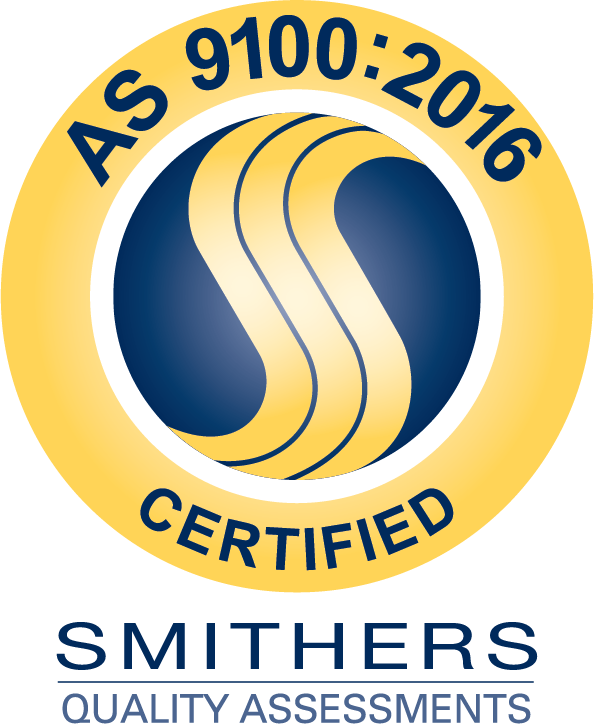
What Are Phthalates?
Phthalates are a group of chemical compounds, often called plasticizers, that are used to make plastics more flexible or durable. There are around a dozen types of phthalates that are divided into two categories: lower molecular weight and higher molecular weight. Some of the most common phthalates are:
- Dimethyl phthalate (DMP)
- Diethyl phthalate (DEP)
- Dibutyl phthalate (DBP)
- Diethyl hexyl phthalate (DEHP)
- Diisononyl phthalate (DINP)
- Diisodecyl phthalate (DIDP)
- Benzyl butyl phthalate (BBP)
How common are phthalates in products in the U.S.? According to the EPA, more than 470 million pounds of these chemicals are made or imported to the U.S. each year for use in a wide range of consumer products.
What Are Phthalates Used For?
The most common use for phthalates is in polyvinyl chloride (PVC), which is used to make pipes and tubing, electrical wiring, packaging, construction materials and thousands of consumer goods.
Different phthalates can also be found in many products, including:
- Vinyl flooring
- Lubricating oils
- Wall coverings
- Tablecloths
- Floor tiles
- Furniture upholstery
- Aircraft interiors
- Shower curtains
- Garden hoses
- Shoes
- Food packaging
- Soaps
- Shampoos
- Textiles
- Hair sprays
- Cosmetics
- And hundreds more
What Has the Government Done to Encourage Phthalate-Free Manufacturing?
Scientists at the U.S. Center for Disease Control reported widespread exposure to phthalates in 2003. The CDC suggested further study was necessary to study the possible phthalate health risks for the general public.
The CDC’s suggestion led to the passage of the Consumer Product Safety Bill in 2008, which banned the use of certain phthalates in child’s toys and mandated that the Consumer Product Safety Commission study phthalates and their risks.
In the years since, no further federal legislation has been passed. However, several states have passed bans on the use of phthalates in specific applications, like food packaging.
How Can Duracote Help With Phthalate-Free Products?
Our Dura-Stat® anti-static material can be used in a variety of applications. For example, Duracote offers clean room chair coverings that are 100% made in the USA, phthalate-free and manufactured to meet the AB2998 Flame Retardant Free and TB117-2013 Smolderability Test. The slip-free texture offers low conductivity and is electrostatic dissipative.

Trust Duracote for All Your Advanced Material Needs
At Duracote, we understand the importance of providing phthalate-free products at affordable prices. We are a prime source of advanced, flexible materials for the transportation, architectural and manufacturing industries. Take a look at our product offerings, and if you have any questions, contact our team of experts who are happy to help you in any way necessary.



